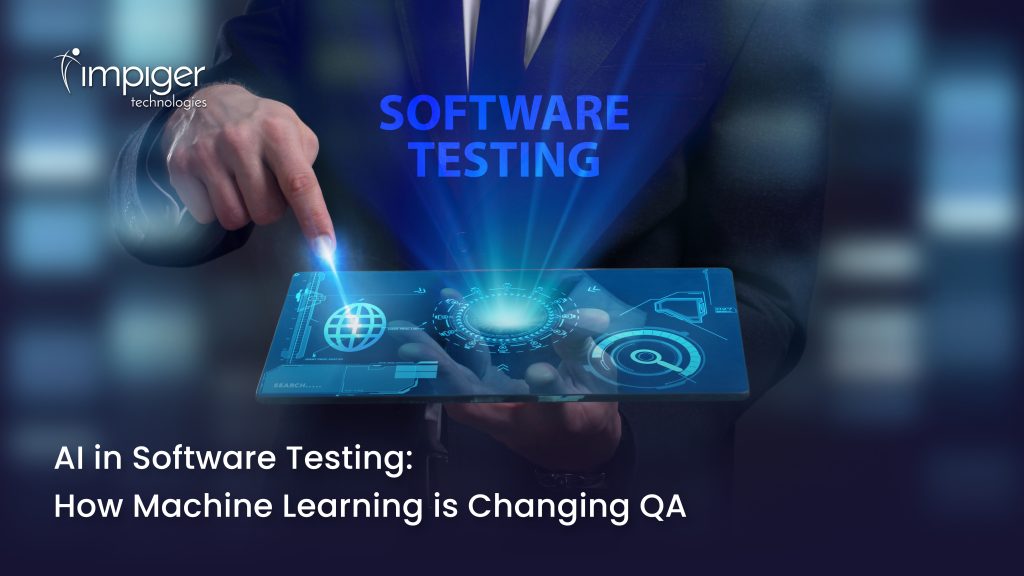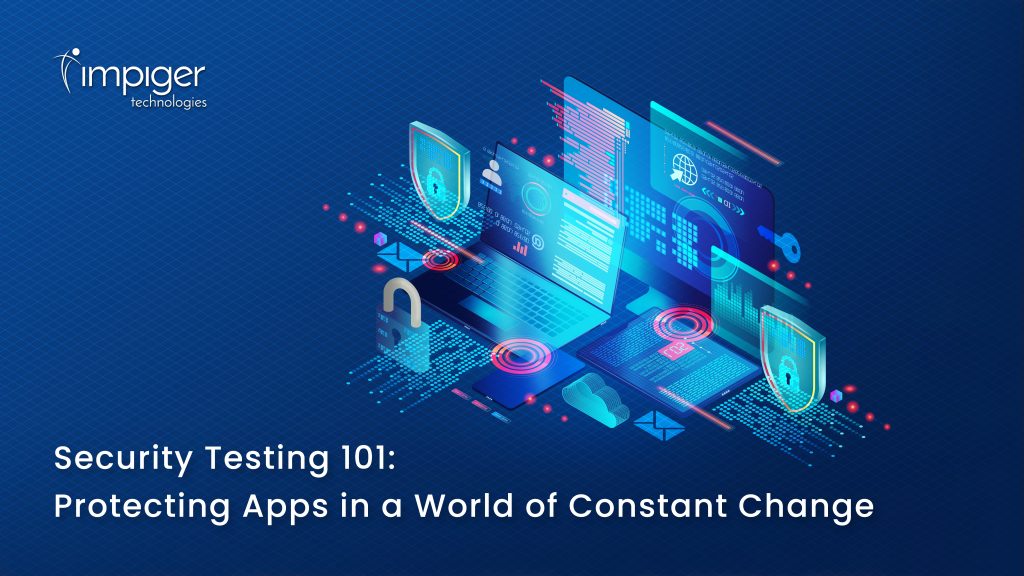Introduction
In the rapidly evolving digital transformation landscape, where organizations are embracing innovative technologies to stay competitive, cybersecurity has become more critical than ever. As businesses digitize their operations, they expose themselves to a myriad of cyber threats, making safeguarding digital assets a top priority. In this blog post, we’ll explore the challenges posed by digital transformation to cybersecurity and discuss strategies for effectively protecting your organization’s digital assets.
The Growing Cybersecurity Threat Landscape
The digital transformation journey opens new avenues for cyberattacks, ranging from sophisticated ransomware to social engineering scams. With the proliferation of Internet of Things (IoT) devices, cloud services, and interconnected systems, the attack surface has expanded exponentially. It’s imperative for organizations to stay vigilant and proactive in the face of these evolving threats.
Understanding the Risks of Digital Transformation
One of the key challenges of digital transformation is balancing innovation with security. While adopting new technologies can enhance productivity and efficiency, it also introduces vulnerabilities that can be exploited by cybercriminals. Common risks include data breaches, insider threats, supply chain vulnerabilities, and regulatory compliance issues. Organizations must conduct comprehensive risk assessments to identify potential threats and vulnerabilities specific to their digital infrastructure.
Strategies for Protecting Your Digital Assets
- Implement Robust Cybersecurity Measures: Invest in advanced cybersecurity solutions such as firewalls, antivirus software, intrusion detection systems, and encryption protocols to fortify your digital defenses. Regularly update and patch software to address known vulnerabilities and minimize the risk of exploitation.
- Adopt a Zero Trust Security Model: Embrace the principle of zero trust, which assumes that no user or device should be inherently trusted, regardless of their location or credentials. Implement multi-factor authentication, least privilege access controls, and continuous monitoring to enforce strict security policies and prevent unauthorized access to sensitive data.
- Raise Employee Awareness: Human error remains one of the leading causes of security breaches. Educate employees about cybersecurity best practices, including how to recognize phishing emails, create strong passwords, and securely handle sensitive information. Conduct regular training sessions and simulated phishing exercises to reinforce security awareness and promote a culture of cyber hygiene.
- Establish Incident Response Plans: Despite the best preventive measures, security incidents may still occur. Develop comprehensive incident response plans outlining the steps to be taken in the event of a cyberattack or data breach. Assign clear roles and responsibilities to designated response teams and conduct regular tabletop exercises to test the effectiveness of your response procedures.
Conclusion
In an era defined by digital transformation, cybersecurity has emerged as a critical imperative for organizations seeking to safeguard their digital assets and maintain business continuity. By understanding the risks posed by digital transformation and implementing robust cybersecurity measures, businesses can mitigate threats, protect sensitive data, and uphold the trust of their customers and stakeholders in an increasingly interconnected world. Embrace cybersecurity as an integral component of your digital transformation journey, and empower your organization to thrive securely in the digital age.
Blog Reviewed by Kumaresan Selvaraj











